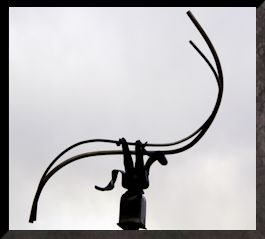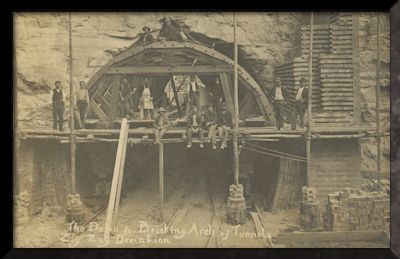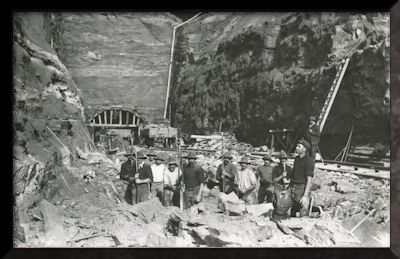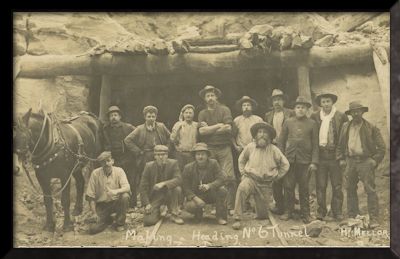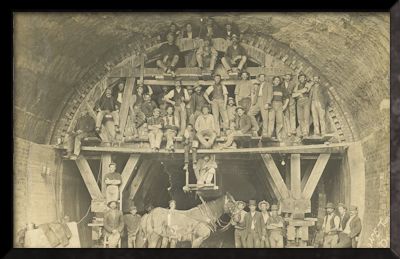|
|
|
|
||||||||||
|
|
TEN TUNNELS DEVIATION COMPLETED, BYPASSING ZIG ZAG
The Great Zig Zag was one of the engineering marvels of the 19th century, but it soon became a bottleneck because it took more than an hour to shuffle each train up the hill. The Ten Tunnels Deviation was a second engineering feat, that enabled the Great Western Railway to come into the 20th century. Blasting started in June 1908 and was completed in October 1910. In that short period 11 tunnels were blasted through the rock from Newnes Junction down to Bottom Points at Zig Zag. The 11th tunnel collapsed, instead becoming one of the deepest cuttings in NSW. Once the tunnels had been opened with explosives they were chiselled out and lined with bricks. The mining skills of locals, and their knowledge of blasting, came in handy for this difficult work. Horses often had to be craned down to the tunnels, and were used to drag out rubble and move bricks. Hundreds of men lived through two winters, with their families, on the cold ridge top at Clarence.
The remarkable series of glass plate negative prints featured on this page was taken by Henry T. Mellor in 1910 (‘Blasting’ is a postcard, produced by Mellor’s studio). Henry Mellor had a studio in Lithgow and was well placed to capture stirring moments in the region’s history. He appears to have worked for a time with another local photography agency, Cockerton Studios. Mellor’s postcards, particularly those from the 1911 Lithgow riots, generated the capital he needed to leave Lithgow and set up in Sydney. Mellor’s images are extremely clear, showing the faces of the workers and every detail of the bricking, struts and scaffolding needed to build the tunnels. The methods he shows appear primitive, but the tunnels remain sound today, over a century after they were cut.
SOURCES NSW Office of Environment and Heritage, Bell to Zig Zag Ten Tunnel Railway Deviation, Heritage Inventory Item Home | About | Chronological List |
Contact Email
|
|
||||||||||
|
|
|
|

